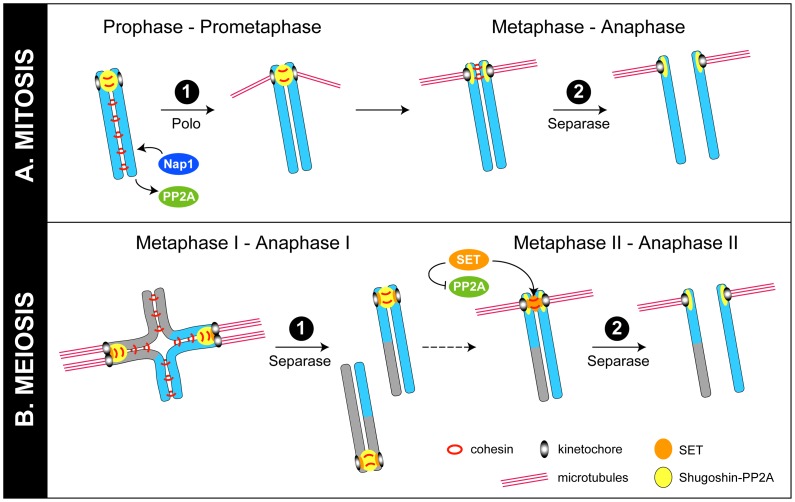Figure 1. Models for regulation of chromosome cohesion in mitosis and meiosis.
(A) In mitosis, cohesin (red rings) is phosphorylated and removed from chromosome arms by the “prophase pathway.” In this issue, Moshkin et al. provide evidence that Nap1 (blue) can displace PP2A (green) from cohesin to further promote cohesin release from chromosomes [3]. Cohesin at centromeres is protected by shugoshin-PP2A (yellow) until the metaphase–anaphase transition, when tension across bi-oriented sister kinetochores leads to the movement of shugoshin-PP2A away from cohesin at inner centromeres, allowing cohesin to be cleaved by separase [6]. It is not known if Nap1 has a role at this stage. (B) In meiosis I, phosphorylated cohesin linking sister chromosome arms is cleaved by separase, allowing recombined homologues to segregate. Cohesin at centromeres, however, is protected by shugoshin-PP2A, so that sister chromosomes remain together. In meiosis II, as in mitosis, the movement of shugoshin-PP2A away from inner centromeres on bi-oriented chromosomes allows cohesin between sisters to be phosphorylated and cleaved by separase [5], [6]. Recent work from Chambon et al. and Qi et al. is consistent with the view that the Nap1-related protein SET (orange) relocates to inner centromeres in meiosis II to inhibit PP2A and provide an additional means to encourage cohesin phosphorylation and cleavage by separase [8], [9].

